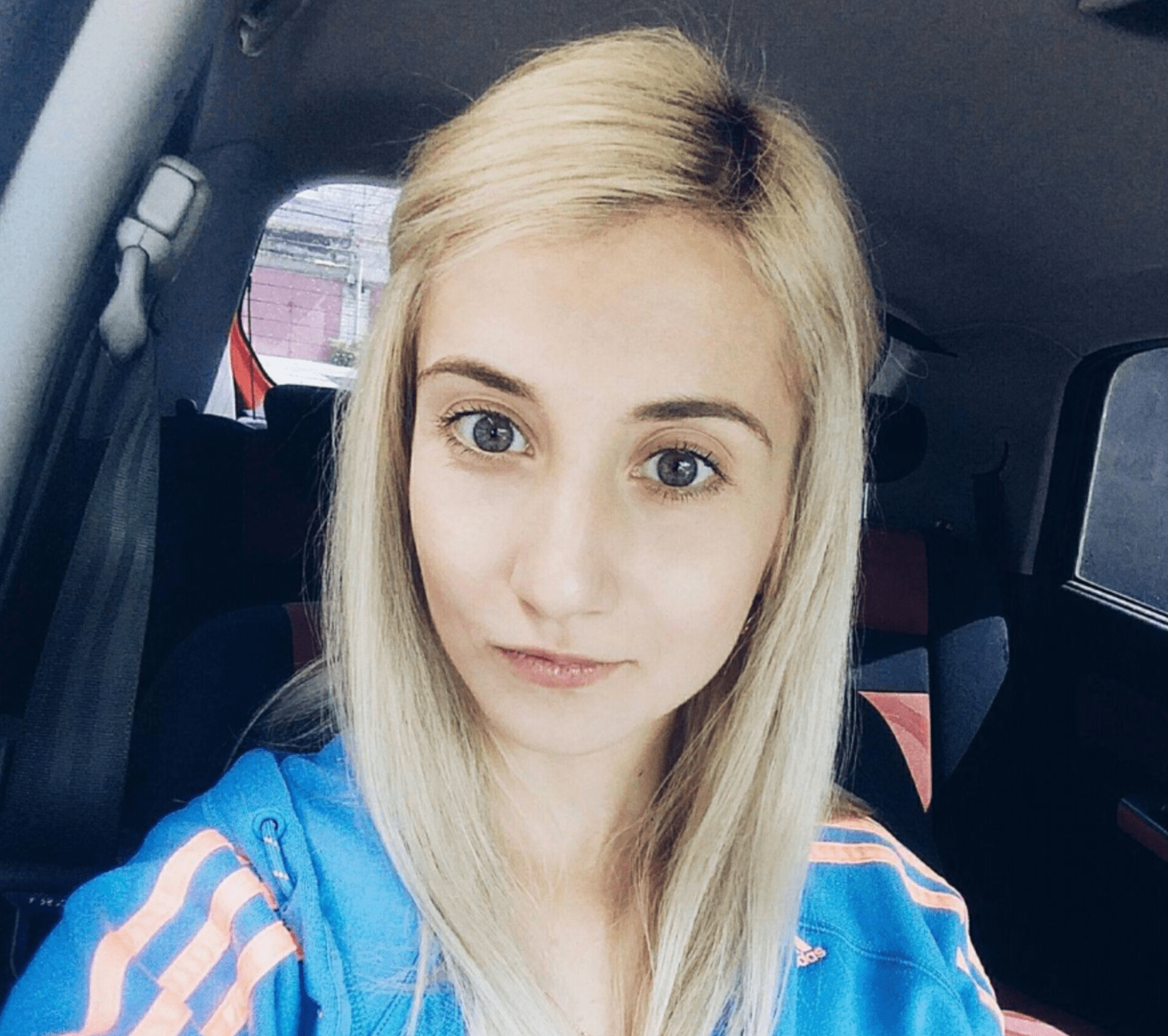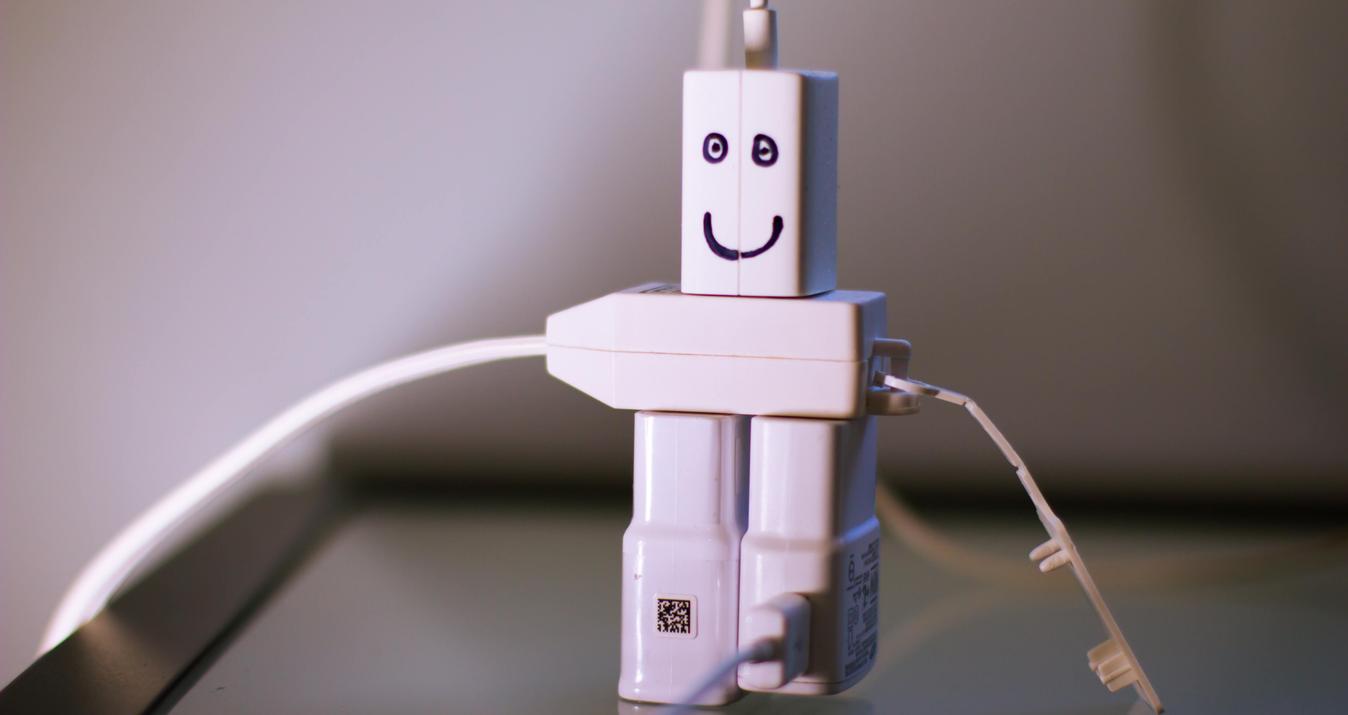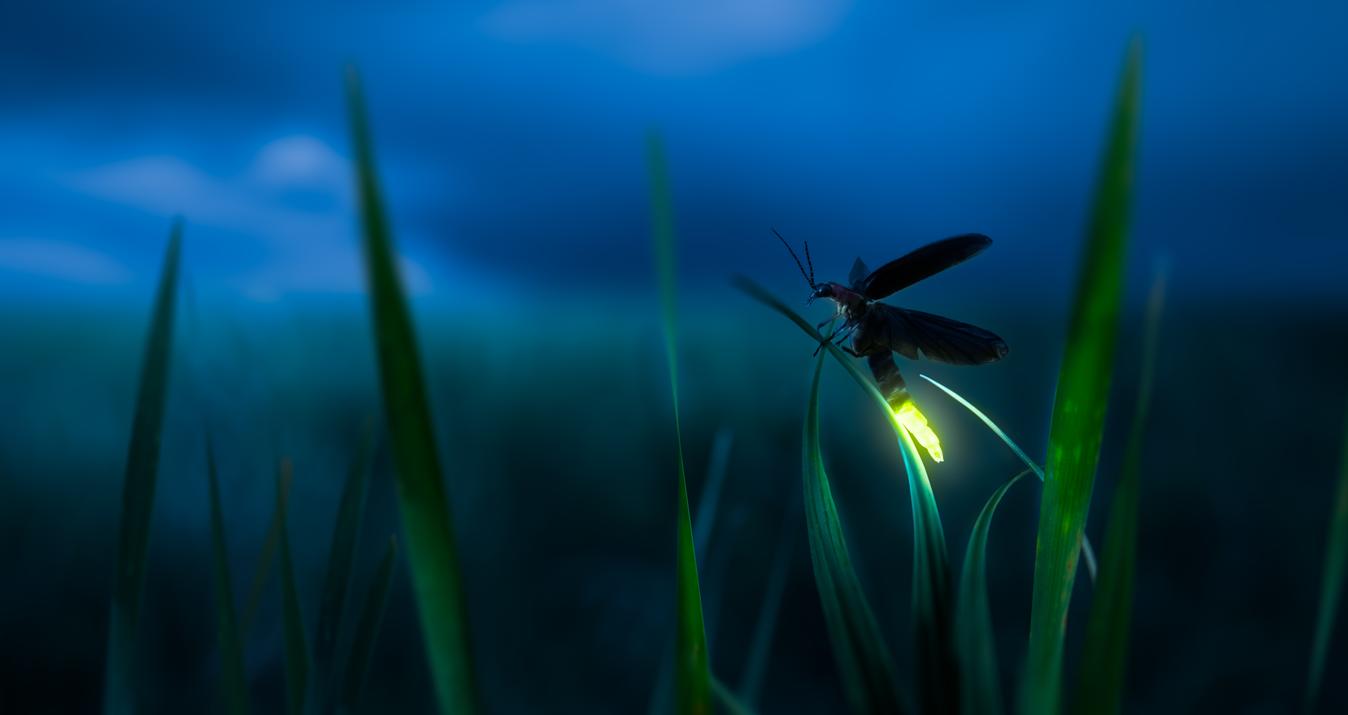What does the shutter speed do? In this Skylum article, we break down the components of this amount of time in photography: what it is, how it’s measured, tips, tricks, and more.
Breaking out of the mold of auto mode and diving into manual mode can be invigorating and exciting for new photographers. It can also be a bit confusing — filled with an array of numbers and terms.
In your photography, there are three main areas you can choose to control manually — the ISO, the aperture and the shutter speed.
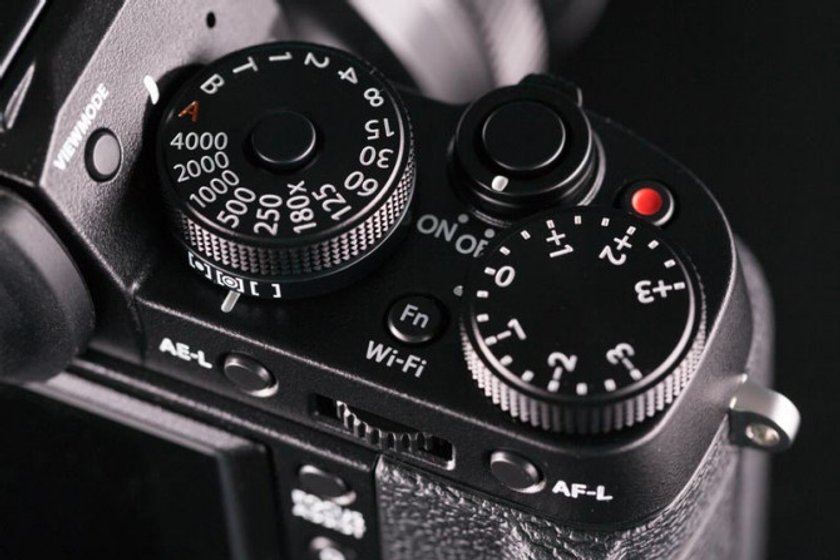
Let’s break down the latter of the three. A good understanding of shutter photos is essential for photographers who want to go beyond automatic modes and improve their skills.
What Is Shutter Speed?
Shutter speed definition is the amount of time your shutter is open — and how long your image sensor has to see the scene you are choosing to capture. Whether that’s rolling green hills, the happy face of your sibling, or a close-up shot of a bowl of plump, purple grapes, it is a crucial element to snapping your shots.
So, what does the shutter speed control? It affects the length of time the camera's shutter remains open, allowing light to reach the sensor and create an image. In other words, it controls the length of the exposure.
How is It Measured?
It is measured in seconds (typically, fractions of seconds). The larger the denominator, the faster the speed. For example, a speed of 1/200 is faster than 1/100. This is very important for understanding shutter speed.
What Number Should I Use?
Generally, to avoid camera shake, you’ll want to use shutter speeds that are 1/60th of a second or faster. If you use a shutter speed that is slower than this, your camera will move with your shutter open (which will account for blur in your images).
Shutter Speed and Exposure
So, it can vary from fractions of a second to several seconds or more, depending on the capabilities of the camera and the creative vision of the photographer. The main shutter speed differences are the amount of light entering the camera and the amount of motion blur in the image.
A fast one (such as 1/500th of a second or faster) allows less light to enter the camera and creates a shorter exposure time. This is useful for freezing motion, such as in sports or wildlife photography, and for preventing blur caused by camera shake. A slow option allows more light to enter the camera and produces a longer exposure time.
In addition, this option can also affect the depth of field and overall exposure of the image. A faster shutter speed may allow for a larger aperture and shallower depth of field, while a longer shutter speed may require a smaller aperture and greater depth of field to maintain proper exposure.
How to Set Shutter Speed
By default, many devices automatically adjust it when set to Auto mode, along with the aperture and ISO. You can use Shutter Priority mode, where you select the desired option and the camera automatically sets the appropriate aperture. Alternatively, you can choose the Manual mode to set both shutter speed and aperture.
It's generally recommended to let the camera automatically select the appropriate shutter speed, but keep an eye on it to make sure it doesn't introduce too much motion blur or freeze motion that should be blurred. A popular option is to shoot in Aperture Priority mode, where your device automatically calculates the shutter speed based on the selected aperture.
How to Find Shutter Speed
If your device doesn't have a top LCD screen, you can check it through the viewfinder on the bottom left. If your model doesn't include a viewfinder, such as a mirrorless camera, you can see the speed on the back of the camera.
Note that on most cameras, the speed is displayed as a regular number, not a fraction of a second. If the shutter speed is greater than or equal to one second, it will be displayed with a quotation mark, such as 1" or 5".
If you're still having trouble finding this parameter, you can set your camera to Aperture Priority mode and turn off Auto ISO. Then point your camera from dark to bright areas, and the number that changes is your speed.
What About a Tripod?
If you’re looking to use a shutter speed slower than 1/60th of a second, use a camera with image stabilization — or a tripod — to say bye-bye to blur.
When Do I Use Slow Shutter Speeds?
What is a slow shutter speed? This means that the camera's sensor is exposed to light for a longer time, which can result in various creative effects in the resulting photo. You’ll find that some cameras offer options of 10 seconds, 30 seconds, etc. These are used in low-light situations or when the photographer is attempting to capture special effects or movements.
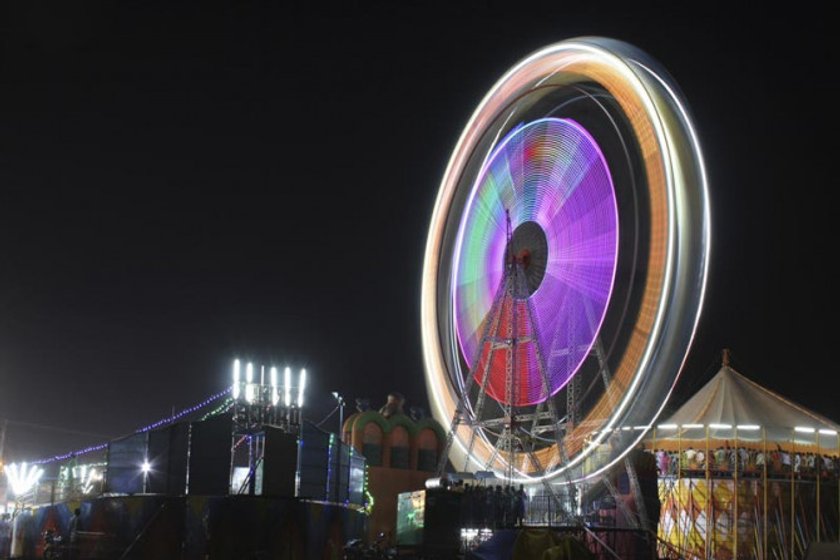
How Does Shutter Speed Work With Movement?
Shutter speed works with movement in two ways. You can either freeze movement in your photos (such as if a child is running towards you, moving their arms) or you can let that movement become blurry if you’d rather have that aesthetic in your shot (such as if that same child is running towards you, and you want to capture their moving arms).
To freeze movement in an image, choose a faster option. To let the movement blur, use a slower shutter speed for an image. The choice will depend upon the speed of your subject and how much you want it to blur.
When Would I Show Movement?
You might find yourself in certain photography situations where showing movement can add intrigue and creativity to your photo. For example, water flowing down the side of a mountain, a jet skier spraying up droplets behind him, or cars as they move down the highway can be fun to capture. In these situations, you’ll want to stabilize your camera with a tripod and use a long shutter speed.
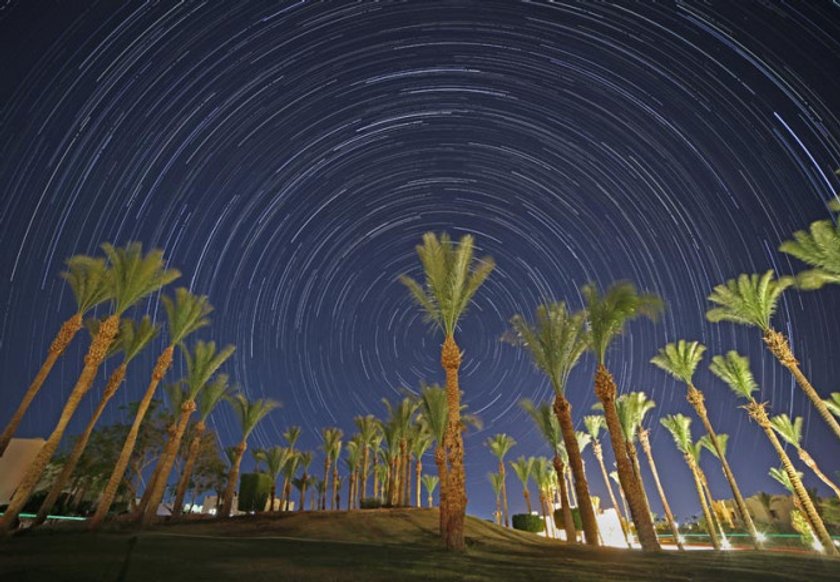
What About Focal Length?
Another thing you’ll want to take into account with shutter speed is the focal length of your lens. Unless your lens has image stabilization, a good general rule to follow is to make sure the denominator of your shutter camera speed is larger than the focal length of your lens (i.e. if your lens is 50mm, 1/60th is a good choice).
The journey into exploring shutter speeds can be empowering — especially for new photographers with a thirst to experiment.
From all of us at Skylum, we hope this shutter speed info helps as you dive into the infinite and wonderful world of manual photo taking.
What Shutter Speed Is Best? Basic Recommendations
The best way to learn how to set the speed is to learn by doing. Nevertheless, we will try to give some tips on how to adjust the shutter speed in different shooting situations. Obviously, these are not the only options, but they are a starting point for a beginning photographer:
- For handheld photography of stationary subjects. A general rule is to use a camera shutter speed that is at least the reciprocal of the focal length of the lens. For example, if you are using a 50mm, adjust a speed of 1/50th of a second or faster to reduce the chance of camera shaking.
- To freeze fast-moving scenes. Use a quick shutter speed, such as 1/500th of a second or faster, to capture sharp images of fast-moving subjects such as birds or athletes.
- To create motion blur. Use a slower option, such as 1/15th, to intentionally create motion blur on moving subjects. This shutter speed is essential to convey a sense of movement or activity in the scene.
- For long exposures. Among different shutter speeds, use a very slow option, such as several seconds or even minutes, to capture light trails, star trails, or other long exposure effects.
Keep in mind that these are general recommendations, and the best option will depend on the specific situation and creative vision for your photo. Experiment with camera shutter pictures to achieve the desired effect.
Landscape Photography
When it comes to landscape photography, speed is often considered the most important of the basic settings. For the best results, it is recommended to choose an option of about 1/160th, which is fast enough to prevent motion blur while still allowing enough light to properly expose the shot.
Portrait Photography
Professional photographers typically use a shutter speed of about 1/200th when shooting portraits. This is usually not to prevent camera shake, but rather because it is the maximum sync speed of many flash units used in studio portrait photography. How is shutter speed explained? By using this option, photographers can ensure that the flash is properly synchronized with the camera, resulting in a well-exposed portrait without problems such as motion blur or improper lighting.
Wildlife and Bird Photography
What about changing the shutter speed for photos of birds or animals? In general, you'll want a fast option to freeze the motion of moving animals. Try 1/250th, 1/500th, or even faster.
Street Photography
Keep the speed between 1/10 and 1/40 second. This will allow you to capture motion and still get a sharp image. Set the aperture and ISO according to the amount of light available. You'll be sure to get the right exposure.
FAQ
How is shutter speed explained? Now you know the answer to the most important question, but you may still have some secondary ones.
What Is a Good Shutter Speed?
Good speed depends on the situation and what you want to achieve with your photo. As a general rule, your shutter speed should be at least twice the focal length of your lens to prevent camera shake and ensure sharp images. For example, if you are using a 50mm lens, it should be 1/100th of a second or faster.
What Shutter Speed Is too Fast?
Modern DSLRs and mirrorless cameras typically have a maximum speed of 1/4000th of a second, although some models are capable of even faster speeds of 1/8000th of a second or more.
What Shutter Speed Gives the Sharpest Image?
When using a handheld camera, it can be difficult to get a sharp image with a speed slower than 1/60th of a second. To freeze the movement of a person walking, a speed of 1/60th or 1/125th of a second is usually fast enough.
What Does ISO Stand for in Photography?
ISO, which stands for International Organization for Standardization, refers to the sensitivity of either film or a digital sensor to light in photography. ISO is one of the three elements of the exposure triangle, along with aperture and shutter speed, that photographers use to determine the exposure of an image.
What Settings for the Sharpest Photos?
The best speed for sharp photos depends on several factors, including the amount of available light, the subject's movement, and the focal length of the lens. However, as a general rule of thumb, a speed of at least 1/60th of a second is recommended when shooting handheld to minimize camera shake and capture a sharp image.


